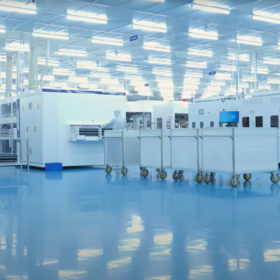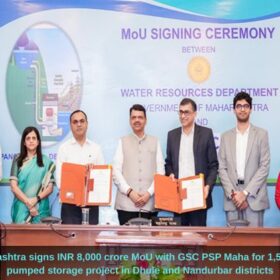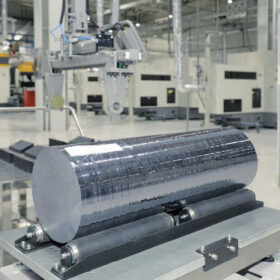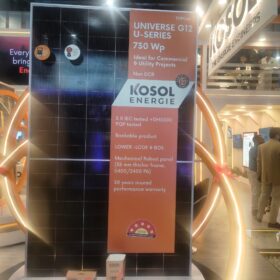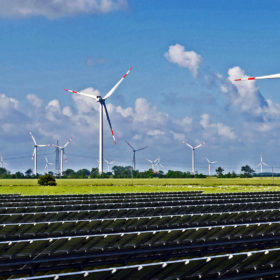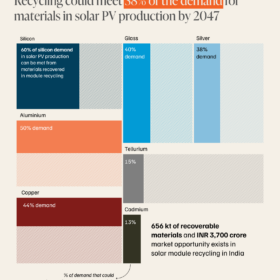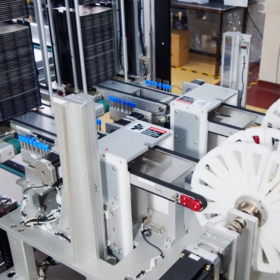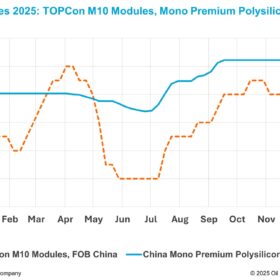Why India’s solar surge needs a better construction discipline
With over 50 GW of renewable capacity stranded nationwide as of June 2025, the message is clear: identifying and overcoming the challenges in India’s construction sector is no longer optional but essential to sustain the country’s solar growth.
Emmvee’s INR 2,900-crore IPO to open on Nov. 11
The IPO comprises a fresh issue of shares worth INR 2,143.86 crore and an offer for sale (OFS) of shares valued INR 756.14 crore by promoters. The price band is set between INR 206 and INR 217 per share.
Maharashtra govt, GSC Group sign MoU for 1.5 GW pumped storage project
The Maharashtra government has signed a memorandum of understanding (MoU) with Singapore’s GSC Group for the 1.5 GW Panchmauli-Devalipada pumped storage hydroelectric project in Dhule and Nandurbar districts.
From scale to strength: How India’s solar industry is forced to become a global premium player
EUPD Research explores India’s rapid solar manufacturing expansion, its growing export potential, competitiveness relative to China, and the evolving trade and sustainability dynamics shaping global PV markets.
Kosol Energie unveils 730 Wp G12 TOPCon solar panel, expands into BESS production
Kosol Energie unveiled its high-efficiency 730 Wp G12 TOPCon solar panel for commercial and utility-scale projects at REI 2025. The company also announced plans to expand its module manufacturing capacity by an additional 6 GW, bringing the total to 9 GW by late 2026. In addition, Kosol Energie is venturing into large-scale battery energy storage systems (BESS), with an initial planned annual production capacity of 3–3.5 GWh.
Unlocking renewable energy in Chhattisgarh
Chhattisgarh’s energy sector received over INR 16,672 crore in government support in fiscal year 2024, with fossil fuel subsidies outweighing clean energy support four times. Clear net-zero targets can help government revenues shift from fossil to clean energy, says an analysis by the International Institute for Sustainable Development and Swaniti Initiative.
Solar module overcapacity to spur consolidation among smaller players: ICRA
ICRA says that India’s solar manufacturing segment is likely to face an overcapacity scenario, with annual solar capacity additions expected at 45–50 GW (DC) against an annual solar module production capacity of 60–65 GW — leading to consolidation among smaller or pure-play module manufacturers.
Saatvik Green Energy reports 146% surge in H1 profit
Saatvik Green Energy’s H1 FY26 revenue from operations more than doubled to INR 16,838 million from INR 7,213 million in H1 FY25. H1 FY26 profit after tax (PAT) surged over 146% YoY to INR 2,021 million compared to INR 823 million in H1 FY25.
RSWM partners with Adani Energy Solutions for 60 MW renewable energy supply to its plants
Textile manufacturer RSWM has signed an agreement with Adani Energy Solutions Ltd. (AESL) for supply of 60 MW of renewable energy to its manufacturing facilities across Rajasthan. The power will be supplied from a group captive project.
Solar module recycling offers an INR 3,709 crore market opportunity in 2047: CEEW
India is estimated to generate over 11 million tonnes of solar waste by 2047. Recycling could meet up to 38% of India’s future solar material needs.

